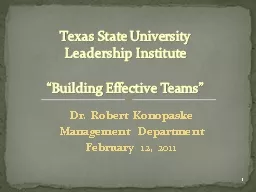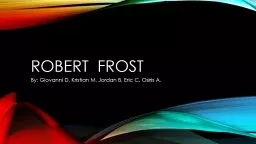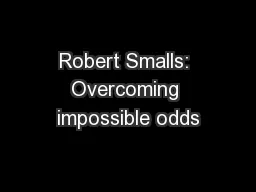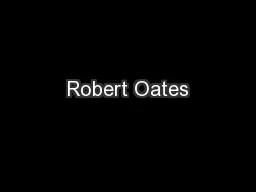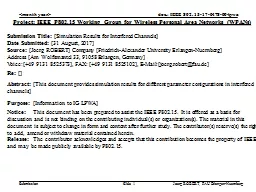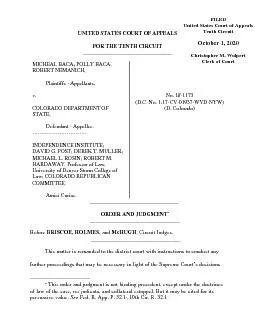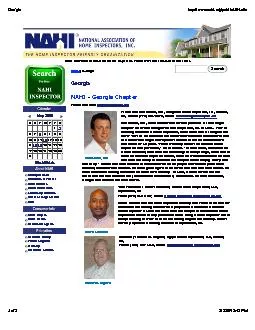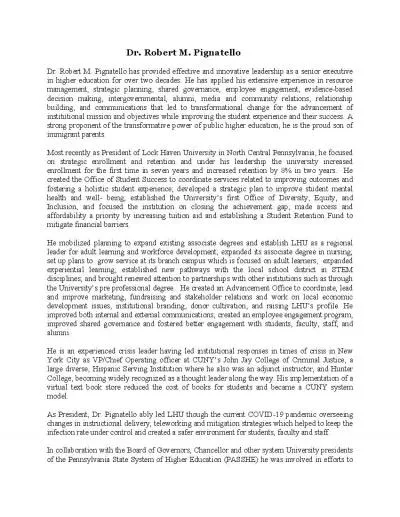PPT-Dr. Robert Konopaske
Author : pasty-toler | Published Date : 2017-06-18
Management Department February 12 2011 Texas State University Leadership Institute Building Effective Teams 1 Teams can make magic httpwwwyoutubecomwatchvTzNACAG74QA
Presentation Embed Code
Download Presentation
Download Presentation The PPT/PDF document "Dr. Robert Konopaske" is the property of its rightful owner. Permission is granted to download and print the materials on this website for personal, non-commercial use only, and to display it on your personal computer provided you do not modify the materials and that you retain all copyright notices contained in the materials. By downloading content from our website, you accept the terms of this agreement.
Dr. Robert Konopaske: Transcript
Download Rules Of Document
"Dr. Robert Konopaske"The content belongs to its owner. You may download and print it for personal use, without modification, and keep all copyright notices. By downloading, you agree to these terms.
Related Documents

